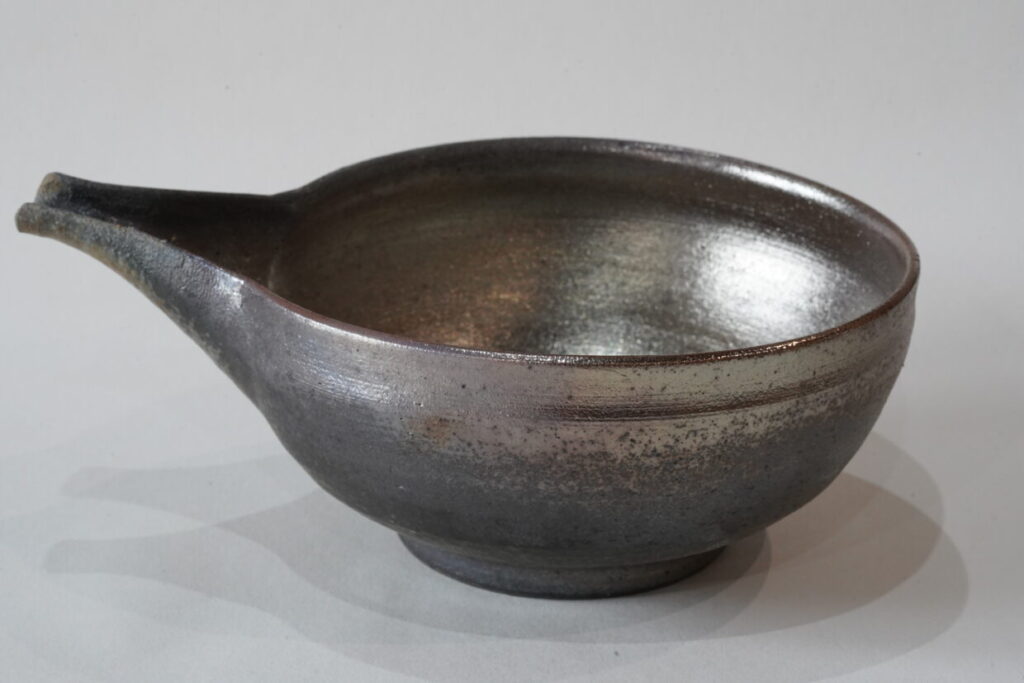
Earhenware for Everyday…
About our Profile and Factory
Pottery, pottery making, and ceramics are traditional arts and techniques passed down since ancient times in Japan, and are traditional cultures that are representative of Japan and are connected to the tea ceremony and flower arrangement.
It starts with loving and harmonizing with nature, carrying carefully selected soil, and chopping firewood with an axe without using an electric kettle.
It is a common mindset in all arts, traditional performing arts, and traditional cultures that good works can only be created if you minimize all desires and attachments and immerse yourself in pottery making.
Pottery making, which involves kneading the soil and turning the potter’s wheel to shape the clay, brings peace of mind, stability, and tranquility, and eventually leads to the formation of a healthy mind and body.
Earhenware refers to unglazed earthenware that has been made since ancient times, but it also means pottery or pottery, and is a name that combines Earth (earth, earth), Earthen (made of earth), and Ware (item, utensil, product), in line with the style and policy of our work, and we would like to use it as a secondary name because it has a softer image than the hard image of ceramics.
The Technique of Producing
We’re producing mainly the large dishes, go with coffee or tea cups, mugs, bowls, cinerary urns, and vases by the traditional Japanese techniques take advantage of the natural texture at Sen Ceramic Works.
We aimed to completely after created this piece as a “Modern” piece of pottery that is ordinary yet somehow new.
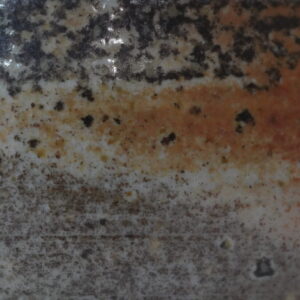
About Glaze
Glaze is a glassy film that covers the surface of ceramics, also known as “glaze”. It turns glassy when fired and provides many benefits to ceramics. Firstly, glaze reduces water absorption, preventing ceramics from absorbing water. This makes the ware more durable and long-lasting. Glaze also increases stain resistance, making it ideal for use as tableware and decorative items. Furthermore, glaze also plays an important role in decoration, adding unique colors and patterns to ceramics, enhancing their beauty and artistry.
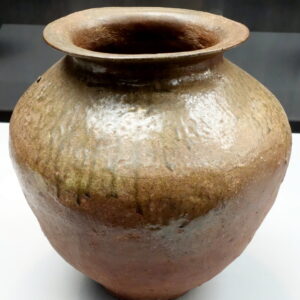
Natural Glaze, and Fired Finishing
Natural glaze refers to the glaze that is formed naturally on the surface of pottery when natural materials such as firewood and ash melt during firing. Unlike glazes applied artificially, this glaze is formed by chance through the power of nature, creating beautiful patterns that are very unique and no two pieces are the same. Furthermore, natural glazes generally have a gloss similar to that of Vidro, and are characterized by a lustrous texture. For this reason, pottery using natural glazes is highly valued for its uniqueness and natural beauty.
Yakishime (Fired Finishing) is a pottery technique in which the pottery is fired at high temperatures without the use of glaze. This process brings out the characteristics of the pottery itself to the fullest, creating a unique texture. First, the clay is shaped and dried. The shaped pottery is then fired at high temperatures of over 1200 degrees in a wood-fired or gas kiln. Shigaraki ware in particular uses this type of yakishime technique, which allows the clay particles to blend together and naturally reveal the unique fire color and Vidro glaze.
Nanban (Southern Barbarians) Raster
Nanban Raster is a technique that produces a metallic luster that shines in seven colors like a pearl, and is characterized by a texture and feel reminiscent of ancient Oriental art excavated from the ancient Mesopotamian civilization.
Shino
Shino ware is made using the Momokusa clay, a specialty of the Tono region of Gifu Prefecture, as the clay base, and a glaze made mainly of weathered feldspar. Pottery made using this technique is characterized by a soft, subdued, glossy white base, a unique texture resembling the skin of a yuzu fruit, subtle scarlet that appears here and there, and painting that resembles ink painting.
Vidro Glaze
Bedro glaze, a characteristic glaze of Iga ware, is originally a natural glaze formed when ash adheres to and melts in wood-fired kilns. It is a green transparent glaze mainly made of ferrous ions, but due to the diversity of the chemical composition of the ash, there are subtle differences in the color and glaze properties of each glaze. Currently, artificial Bedro glazes such as lime-barium glazes made by mixing various raw materials are manufactured and sold, but the color is different from natural glazes. Also, depending on the glaze composition, defects such as crystallization often occur. Previous research has shown that crystallization can be suppressed by optimizing the amount of magnesium used and using strontium.
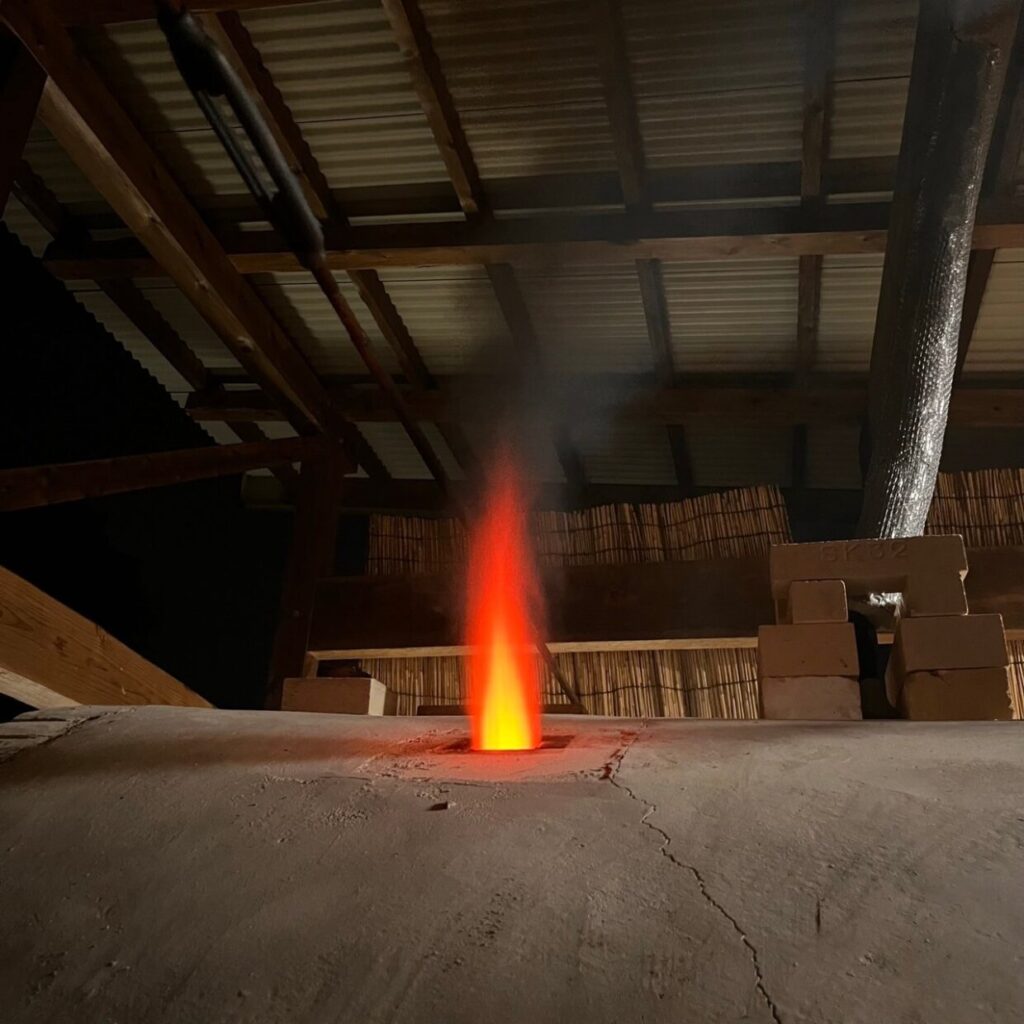
Our Creators
Shusen Shibata
He is the 28th head priest of Choenji, Jodoshu Temple and a potter at Sen Ceramic Works.
He fires the brick wood-fired kiln he built in his studio, and produces his own tableware, from filling to firing, as well as urns, which are the final receptacles of a human body.
He moved from Kitakyushu to Tokyo in his teens, then went to United States to pursue fashion and trends, and after returning home, ran an apparel store in Tenjin, Fukuoka.
He has studied pottery for over 20 years under ceramicist Yoichi Matsumoto, who is the unrivaled leader of modern kiln firing techniques, since his 20s. He is proud to be the number one student when it comes to kiln firing. He also gained experience as an apprentice under Yoichi Matsumoto, learning wheel-throwing techniques.
His aim for his wheel-throwing and pottery is to be simple and easy to use, yet modern and new. He fires clay shaped on a potter’s wheel in a wood-fired kiln, using the power of the kiln and flames to create beautiful, moving pottery.
Even if you were to teach how to do it now, almost no one would be able to imitate this kiln firing technique. He also places importance on both the clay and the kiln firing, and inherits the will of Matsumoto Yoichi, who spent many years searching for stronger clay that would produce the ideal fired result.
His works reflect the commonalities between the Mahayana Buddhist philosophy that he bases his life as a monk on, such as the idea of ”Tathātā” and the art of clay and flames that are born from kiln firing.
As a specific example of his work, he began making unique urns as a monk and potter after being asked to make one for someone he had a connection with while he was a monk.
He makes urns, fires them in the flames of a kiln, and sells the urns that have been enshrined in front of Buddha, garnering a lot of support.
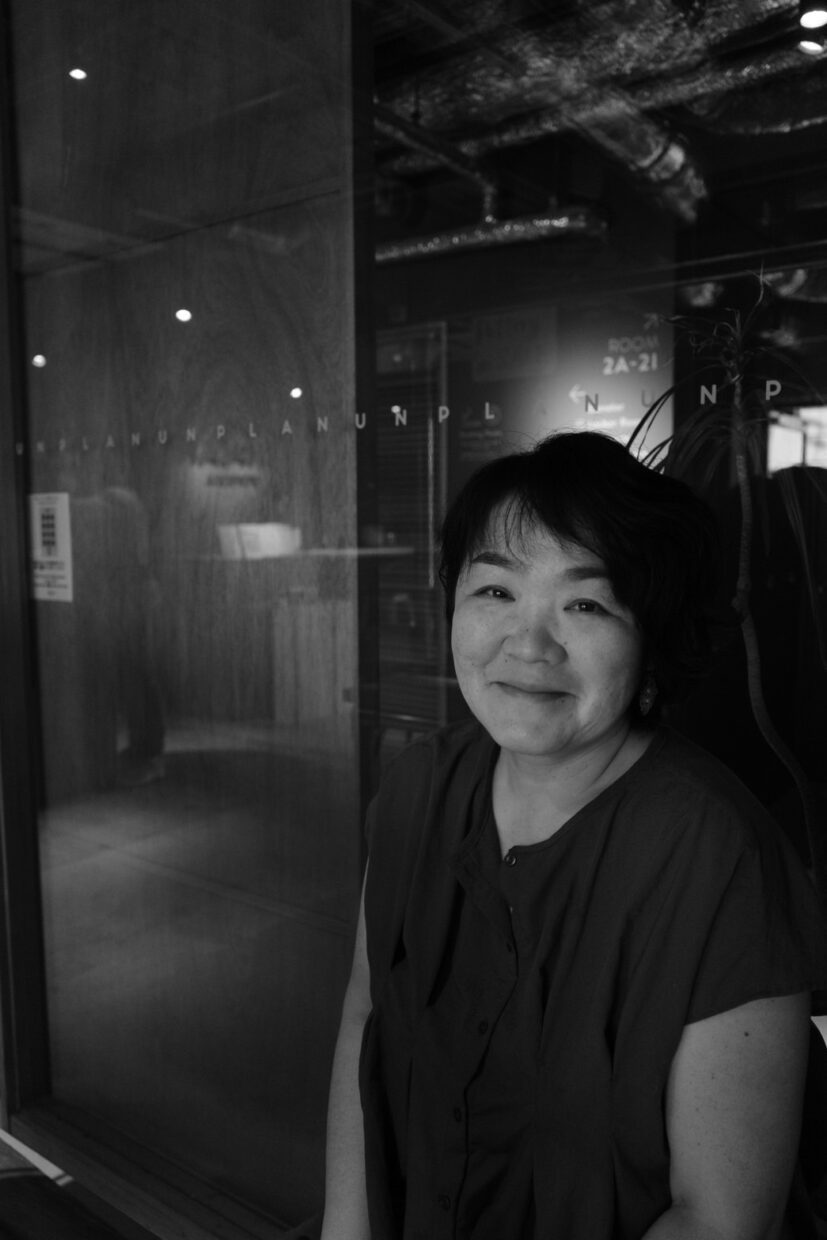
Izumi Shibata
Graduated from Musashino Art University Junior College Department of Crafts and Design, Ceramics Course.
Graduated from Tokoname Ceramic Art Institute.
Graduated from the University of North Carolina School of the Arts with a major in sculpture.
Completed Master’s degree in Sculpture at the University of North Carolina.
Japanese Ceramic Art Club Lecturer.
Bonjour Ceramic Art Institute Lecturer.
Lecturer, University of North Carolina School of the Arts.
Assistant Lecturer, Penland Arts and Crafts School.
Outstanding student’s achievement in contemporary sculpture award.
poptoonstudio
Creator, administrator, designer, developer of this website, and also in charge of direction, advisor, assistant, and product sales promotion for Sen Ceramic Works.
The freelance designer working like a nomad has been traveling remotely with a laptop and a small backpack since around 2000, mainly in Buddhist countries near Japan, such as Southeast Asia, China, India, and Korea.
He has created his own WordPress theme and succeeded in making it lightweight, and understands HTML, CSS, PHP, and JavaScript, and can installation e-commerce, reservation systems, and multilingualization by plugins to CMS. He is also skilled in product photography, graphic design, and DTP, and DTM using sequences.
